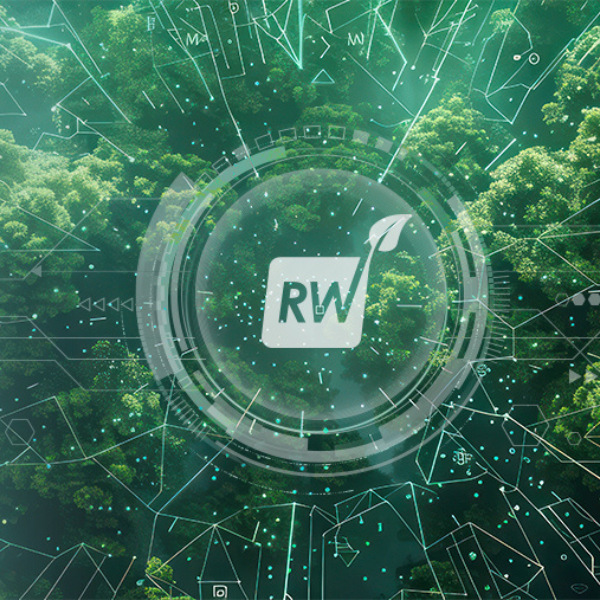A wave of Extended Producer Responsibility (EPR) laws is set to take effect in several states by 2025, and the implications for foodservice operators are growing clearer. Colorado, Oregon, California, and Maine are in the process of implementing laws that hold producers financially accountable for the end-of-life management of packaging waste. For restaurants, distributors, and other foodservice entities operating across state lines, this patchwork of policies could present new sourcing and compliance challenges.
As these laws move from legislative approval into operational detail, industry stakeholders are watching closely to determine whether 2025 will mark a tipping point for national packaging reform.
How State EPR Programs Are Taking Shape
Each state with an EPR law is designing a unique system, limiting predictability for nationwide foodservice operations. Oregon and Colorado are further along in their implementation processes, and their differing models are beginning to shape the conversation.
-
Oregon has approved a single Producer Responsibility Organization (PRO), Circular Action Alliance, which will oversee program operations.
-
Colorado has adopted a dual-PRO structure, with PROs submitted program plans to the state by mid-2024.
-
California is expected to finalize its advisory board and PRO selection by mid-2025. Its broader EPR law was signed in 2022 but is still in the development phase.
-
Maine, while the first to pass an EPR law in 2021, has seen slower implementation progress and remains less defined.
For national and regional restaurant groups, these differences complicate packaging procurement decisions and long-term planning. Distributors and manufacturers may also need to adjust packaging strategies depending on which jurisdictions they serve.
Industry Concerns Around EPR Design and Cost Impact
Packaging producers, represented in part by groups like AMERIPEN, have expressed concerns about how fees will be assessed and used. According to AMERIPEN, maintaining transparency in how funds are collected and disbursed is essential for building trust and ensuring cost-effective results. There is also unease about the role of municipalities in influencing how EPR funds are spent, which could impact service delivery and recycling outcomes.
For foodservice operators, these cost considerations are critical. Changes in packaging prices, availability, or labeling requirements could directly affect sourcing, margins, and compliance workflows. While the laws currently target producers, the downstream impact will be felt across supply chains.
Limited Momentum For National Policy, Despite Growing Interest
Despite increasing state-level activity, efforts to pass a federal EPR law have stalled. The Break Free From Plastic Pollution Act, reintroduced in 2023, has not advanced in Congress. Trade groups anticipate that while no federal mandates are likely in the near term, more states will begin evaluating EPR frameworks.
This environment could prompt larger restaurant groups and foodservice distributors to push for clearer, more harmonized standards, especially if compliance costs grow or state-by-state differences prove disruptive.
What Foodservice Operators Should Monitor In 2025
As implementation deadlines approach, foodservice stakeholders should focus on several key developments:
-
Fee structures and reporting obligations : These could influence packaging costs and affect decisions on private-label or house-brand items.
-
Approved PROs and system design: Understanding how each state’s system operates will be important for compliance and planning.
-
Producer definitions: In some cases, brand owners or importers may be classified as producers, potentially implicating private-label restaurant brands.
Packaging sustainability continues to be a pressure point for restaurants and distributors facing consumer demand for greener practices and corporate reporting requirements. While EPR laws are not designed with foodservice specifically in mind, the sector will need to stay agile as these policies roll out.
Whether 2025 represents a true inflection point will depend on how quickly states execute their programs and whether other states or Congress respond with similar initiatives. For now, foodservice leaders should treat the upcoming changes as a signal that packaging responsibility is shifting and prepare accordingly.






